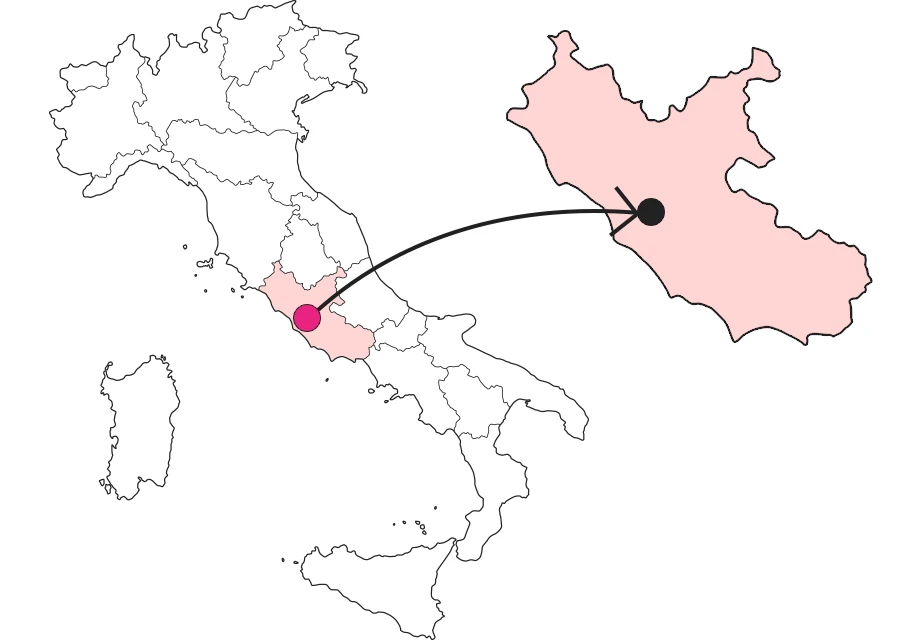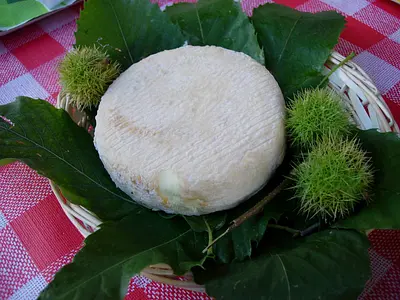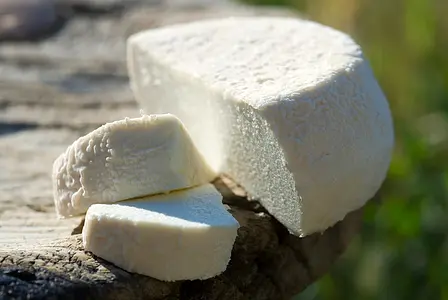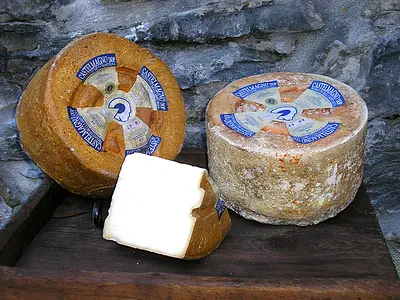






Where

How many Italian cheeses are there?
Apparently Charles De Gaulle, when he was president of the French Republic, said, "How can you govern a country that has 246 different kinds of cheese?" Of course this was only an estimate, because French cheeses are far more numerous, but he certainly did not know about the more than 600 Italian cheeses. It must be because of this large number (almost two cheeses to taste, every day of the year) that it is so difficult to govern our country!
Grana Padano, Robiola di Roccaverano, Fiore Sardo, are some of the 53 cheeses that have obtained the European PDO mark, as listed on the Mipaaf website. Burrata di Andria and Canestrato di Moliterno, on the other hand, are PGI-marked. Then there are the cheeses included among Italy's Traditional Agrifood Products (PAT), in the number of 528. These are the productions that already enjoy recognition at the European or national level. But then again, there are the many projects for the recovery and safeguarding of productions at risk of extinction, such as the Slow Food Presidia, or the various initiatives underway for the enhancement of small local productions.
A slice of history
The cheese comes from the East, almost certainly from Mesopotamia, from the fertile lands between the Tigris and Euphrates rivers, perhaps from even farther away, from Iran or Tibet, although of the latter hypothesis there is no certain evidence. One legend has it that the first cheesemaking occurred by accident: it was a shepherd who, using wineskins made from the stomachs of his sheep to transport the milk, experimented with how, on the way and under the sun, the milk was transformed and, therefore, could also be preserved.
The dairy business goes through the centuries refining itself, specializing, but not always in favor of the final product. In the twentieth century, new technologies appeared, transforming agriculture, with the merits and shortcomings we know well: specialized cattle breeds were selected, the Friesian cow established itself in the stables as a real dairy machine, supplanting the now mourned local breeds.
Return to the land
Today we are at a new turning point, and the epochal change taking place, the emergencies that follow one another with increasing frequency and intensity, from pandemic to climate, from war to economic crisis, require us to make a paradigm shift. Everything must return to the land, and we must bring food and agriculture back to the center of attention, with a path that restores concreteness to things, use value to objects and importance to community relations in a rediscovered solidarity capable of giving dignity to agricultural labor once again.
An economy that does not consider the centrality of the agricultural question and food, of the manual nature of work, takes us back to the disasters of an economy based on money and easy wealth, for the few and at the expense of the many. We need to learn that the miracle of the cheese that curdles every day, in every month of the year, can be the example from which to start again to enhance and exalt the excellence of the many territories. That made by companies linked to the land, generating economy, saving the culture, the history of the territory, its resources. In contrast to those who of Italy, and of the territory, use only the name and nothing else, in a manner if not fraudulent at least incorrect.
Enter the Map of Italy's Undiscovered Wonders and find treasures where you least expect it... Inspire, Recommend, Share...
Collections
The Map thanks:
In the Community
Enter the Map of Italy's Undiscovered Wonders and find treasures where you least expect it... Inspire, Recommend, Share...
Like cheese on macaroni

INTRODUZIONE
Like cheese on macaroni

2 di 3
Robiola di Roccaverano PDO.

3 di 3
Castelmagno, king of Piedmontese cheeses
Where

Collections


